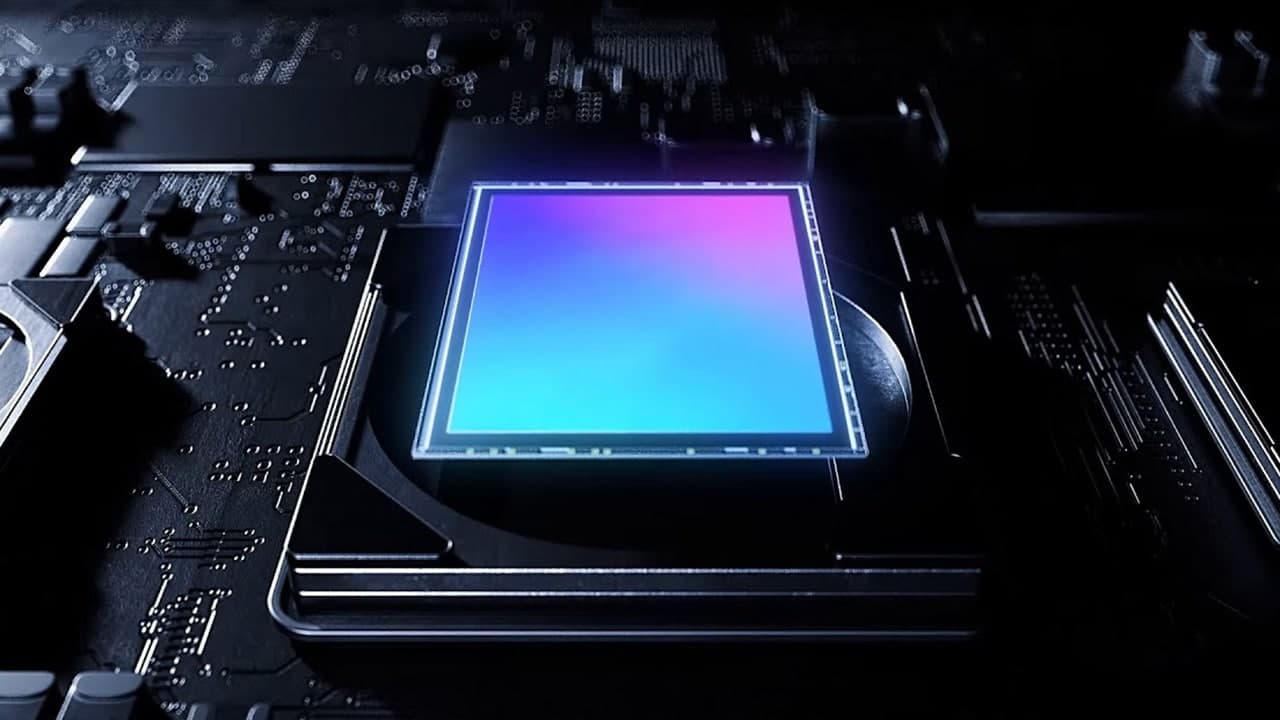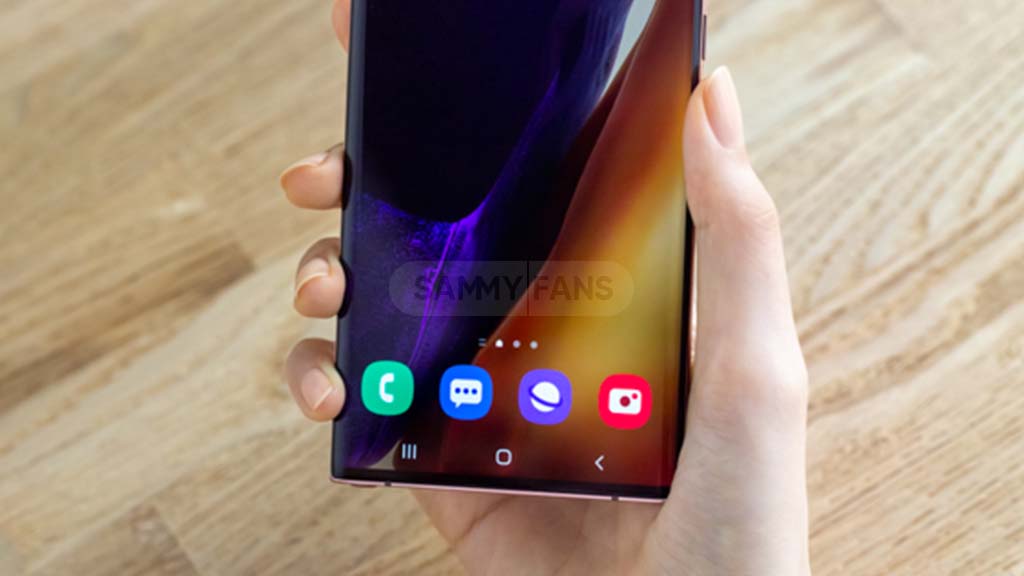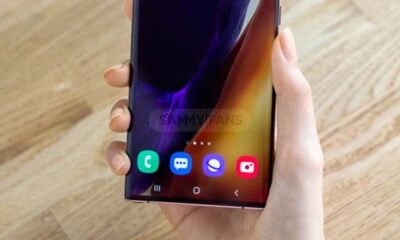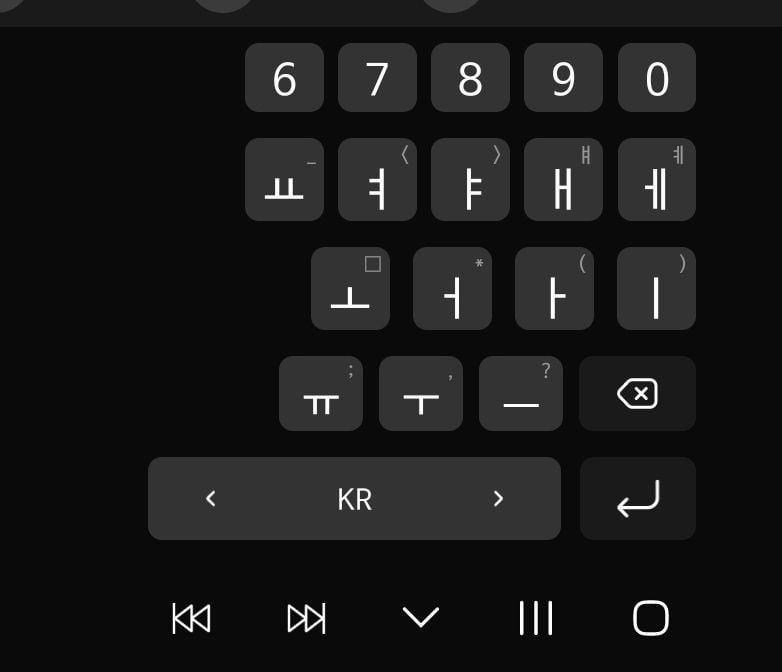
Samsung officially explained the latest ISOCELL 2.0 image sensor
Samsung is currently manufacturing the ISOCELL series of CMOS sensors that cover a variety of products ranging from 10MP to 100MP, of which 108 million pixel HM1 and HM2 sensors are used by several smartphones. Now, as per the latest info, the company officially unveiled the ISOCELL 2.0 technology, representing a further step in the manufacture of mobile phone CMOS sensors.
Back in 2013, Samsung introduced the ISOCELL technology for the first time that sets up a physical shielding layer between pixels. Compared with traditional BSI structure pixels, crosstalk is reduced by 30%, and the amount of light is increased by 20%, ensuring image quality. And, the ISOCELL technology has come to the 2.0 era, there are two key improvements that can further increase the amount of light.
However, the first technology uses new materials to replace the metal shielding layer between the previous pixels, which reflects a higher amount of light, reduces brightness loss, and improves the sensitivity of the sensor, and reduces noise.
On the other hand, the second technology adds a new shielding layer between the color filters to further improve the light reflectivity, while reducing the crosstalk between adjacent pixels of different colors. It can also greatly increase the amount of light entering the edge pixels of the sensor and reduce the vignetting phenomenon.
Join Sammy Fans on Telegram
As per the demo photos released by Samsung, the schematic diagram shows that Samsung’s ISOCELL 2.0 technology still uses the traditional Bayer array. Moreover, the sensor using the new technology has a very fine shooting effect in dark light, with a rich dynamic range, natural colors, and high resolution.
Apart from this, Samsung launched a 50-megapixel GN2 sensor on February 23, 2021. The latest ISOCELL GN2 measures 1/1.12 inches, supports ISO Pro and Dual Pixel Pro (dual pixel enhancement) technology and can record 8K video or 4K 120fps video. Several reports suggest that Xiaomi’s upcoming Mi 11 Pro and Mi 11 Ultra will be released first and will monopolize the sensor in the short term.

| Via |
News
Lee’s secret mission: Samsung poaches ZEISS for chipmaking supremacy

Samsung Boss Lee fled Germany to discuss potential partnerships with ZEISS. The official toured to ZEISS headquarters in Oberkochen and discussed cooperation in the nanometer processes field.
Per the announcement, Samsung plans to lead the sub 3nm ultra-fine process in the foundry market and start mass production of 6th-generation, 10-nanometer DRAMs using EUV processes by the end of the year.
This news comes right after TSMC revealed its roadmap of production on the 1.6nm process. The Korean tech giant is confident that its Gate-All-Around (GAA) tech will make it the market leader in the 2nm process.
“Collaboration with ZEISS will enable us to improve the performance and production processes of next-generation semiconductors and increase yield,” Samsung Electronics said.

Image: Samsung Newsroom
Galaxy Camera x ZEISS
ZEISS-branded camera come in vivo smartphones, hence, this collaboration is unlikely as Samsung doesn’t want any other branding for Galaxy’s camera. The company uses ISOCELL and Sony image sensors in Galaxy devices.
Previously, it was rumored that Samsung considering collaborating with Olympus. However, we haven’t seen any further development in the story and the company’s plans on promoting camera with unique branding.
Lee’s visit to ZEISS is all about partnership in process technology. Samsung Foundry is looking to attract clients as it already left behind TSMC in the market as well as losing consumers like Qualcomm.
Stay up-to-date on Samsung Galaxy, One UI & Tech Stuffs by following Sammy Fans on X/Twitter. You can also discover the latest news, polls, reviews, and new features for Samsung & Google Apps, Galaxy Phones, and the One UI/Android operating system.
Do you like this post? Kindly, let us know on X/Twitter: we love hearing your feedback! If you prefer using other social platforms besides X, follow/join us on Google News, Facebook, and Telegram.
Issues
One UI 6.1 update will address NavStar button issue of Samsung devices

Samsung has acknowledged a persistent issue reported by Galaxy users involving the NavStar Good Lock module and the taskbar. This issue causes the keyboard’s back button position to change randomly. This issue is bothering users as the back button’s unexpected movement often leads to accidental exits to the home screen while typing.
In response to these reports, Samsung has apologized for the inconvenience experienced by users and promised to resolve it in the upcoming software update.
According to the community moderator, the upcoming One UI 6.1 update will fix the NavStar button issue on Galaxy devices. Users have been advised to keep their devices updated to the latest software to get the fix once it is released.
If you are also facing NavStar issues on your Galaxy devices, the One UI 6.1 update will resolve them. Notably, the One UI 6.1 update will enhance the overall user experience by bringing new enhancements and features over the previous UI.
“First of all, we apologize for any inconvenience caused when using NavStar. The phenomenon of the NavStar button changing position will be improved through the One UI 6.1 S/W update, so please maintain the latest S/W. We apologize for any inconvenience caused when using NavStar,” said Community Moderator.
Stay up-to-date on Samsung Galaxy, One UI & Tech Stuffs by following Sammy Fans on X/Twitter. You can also discover the latest news, polls, reviews, and new features for Samsung & Google Apps, Galaxy Phones, and the One UI/Android operating system.
Do you like this post? Kindly, let us know on X/Twitter: we love hearing your feedback! If you prefer using other social platforms besides X, follow/join us on Google News, Facebook, and Telegram.
Samsung
Samsung plans twin chipset strategy for Galaxy Z Flip 6, Fold 6

Samsung Galaxy Z Flip 6 and Fold 6 may use Exynos 2400 chipset in some markets. A new report indicates that the company is planning a twin-processor strategy for the next-gen foldable smartphones. The Korean variants may be fueled with Exynos rather than Snapdragon.
According to Chosun, Samsung plans to bring Galaxy Z Flip 6 and Z Fold 6 with Exynos 2400 chipset in South Korea. Due to the strong US dollar, the company is considering expanding its in-house Exynos chip, as it did with the Galaxy S24 and S24 Plus.
It doesn’t mean there won’t be any Snapdragon variant. Markets like the US and Canada would surely get the Snapdragon variant. However, whether the European region continues to have Snapdragon availability remains to be seen.
Earlier, the US variant of Galaxy Z Flip 6 was spotted on the Geekbench GPU database. The listing revealed the model was equipped with Snapdragon 8 Gen 3 for Galaxy chip, featuring the same graphics performance as the Galaxy S24 Ultra.
Samsung has greatly improved its 2024 Exynos flagship processor. As the hardware costs continue to spike, the company needs to utilize its Exynos to maintain the pricing segment. Twin chip strategy would also empower Samsung to deal with Qualcomm for Snapdragon SoCs.
Stay up-to-date on Samsung Galaxy, One UI & Tech Stuffs by following Sammy Fans on X/Twitter. You can also discover the latest news, polls, reviews, and new features for Samsung & Google Apps, Galaxy Phones, and the One UI/Android operating system.
Do you like this post? Kindly, let us know on X/Twitter: we love hearing your feedback! If you prefer using other social platforms besides X, follow/join us on Google News, Facebook, and Telegram.














